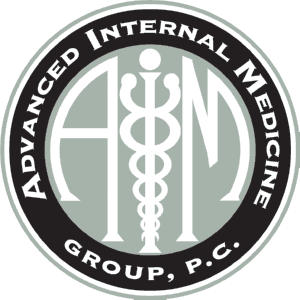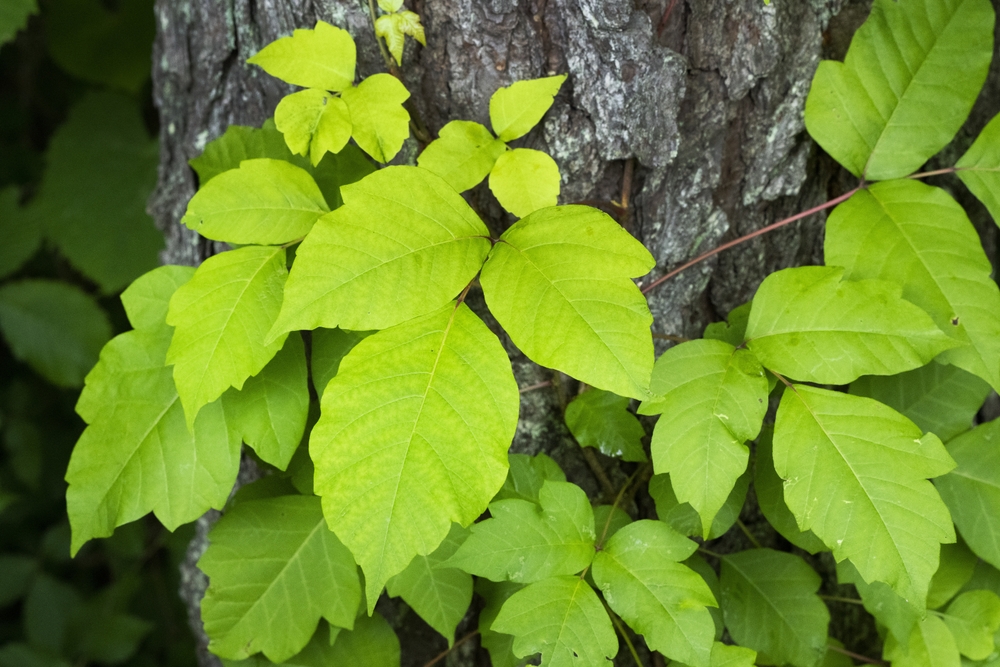Summer is a time of fun and freedom for children, but it also brings a range of skin issues due to increased outdoor activities and warmer temperatures. Understanding the most common summertime rashes can help parents recognize and treat them effectively.
7 Common Rashes That Affect Children During The Summer
1. Heat Rash
- What It Is: Heat rash, also known as prickly heat or miliaria, occurs when sweat ducts become blocked and sweat gets trapped under the skin. This typically results in small, red bumps or blisters on the skin.
- Symptoms: Tiny red bumps or blisters, itching, and a prickling or burning sensation.
- Causes: Hot, humid weather, excessive sweating, and wearing tight or non-breathable clothing.
- Treatment: Keep the affected area cool and dry. Dress your child in loose, breathable fabrics and ensure they stay in air-conditioned or shaded areas. Using calamine lotion or antihistamine creams can help alleviate itching. Avoid heavy creams or ointments that might trap heat.
2. Poisonous Plant Rashes
- What It Is: Rashes from poisonous plants like poison ivy, poison oak, or poison sumac are caused by an oil called urushiol that these plants produce.
- Symptoms: Red, itchy, swollen rash that may develop into blisters. The rash usually appears in streaks or patches and can spread if the oil is not properly washed off.
- Causes: Direct contact with the plant or indirect contact via clothing, pets, or gardening tools.
- Treatment: Wash the affected area with soap and water as soon as possible. Over-the-counter antihistamines and hydrocortisone creams can help reduce itching and inflammation. Severe cases may require a prescription medication from a healthcare provider.
3. Swimmer’s Itch
- What It Is: Swimmer’s itch is an allergic reaction to parasites found in freshwater lakes, ponds, or marshes. The parasites are usually not harmful to humans but can cause irritation when they come into contact with the skin.
- Symptoms: Red, itchy bumps or hives that appear shortly after swimming in contaminated water.
- Causes: Parasites from contaminated water sources.
- Treatment: Rinse off immediately after swimming to remove any parasites. Applying anti-itch creams or taking oral antihistamines can help manage symptoms. Keeping your child’s skin cool and avoiding scratching can prevent secondary infections.
4. Impetigo
- What It Is: Impetigo is a highly contagious bacterial infection that often affects children. It is usually caused by staph bacteria but can also be caused by streptococci.
- Symptoms: Red sores or blisters that can burst, ooze, and form a yellowish crust. The rash often appears around the nose and mouth but can spread to other areas.
- Causes: Bacterial infection, usually from direct contact with an infected person or contaminated objects.
- Treatment: Impetigo requires antibiotic treatment, which may be topical or oral depending on the severity. It’s important to keep the affected area clean and covered. Ensure your child avoids close contact with others until they are no longer contagious.
5. Hand, Foot, and Mouth Disease
- What It Is: Hand, foot, and mouth disease (HFMD) is a viral illness commonly caused by the coxsackievirus. It primarily affects young children.
- Symptoms: Sores or rashes on the hands, feet, and in the mouth. The rash may appear as red spots or sometimes as sores that can blister. Fever and sore throat are also common.
- Causes: The disease spreads through close contact with an infected person or contaminated surfaces.
- Treatment: There is no specific treatment for HFMD, but symptoms can be managed with over-the-counter pain relievers and mouth rinses for sores. Keeping your child hydrated and comfortable is key. Good hygiene practices, like frequent hand washing, can help prevent the spread of the disease.
6. Ringworm
- What It Is: Ringworm is a fungal infection that causes a red, circular rash with a clear center. It’s not caused by a worm but by dermatophytes (fungi).
- Symptoms: Ring-shaped rash with a raised, scaly border. The center of the rash often appears normal or less inflamed.
- Causes: Direct contact with infected people, animals, or contaminated objects. The fungus thrives in warm, moist environments.
- Treatment: Over-the-counter antifungal creams are usually effective. For more severe cases, a healthcare provider may prescribe oral antifungals. Keep the affected area clean and dry, and avoid sharing personal items.
7. Polymorphic Light Eruption
- What It Is: Polymorphic light eruption (PLE) is a sun-induced rash that affects sensitive individuals. It is also known as sun allergy or sun rash.
- Symptoms: Red, itchy rash that appears after sun exposure, typically on areas exposed to the sun like the arms, chest, and legs. The rash can vary in appearance and may include small bumps or plaques.
- Causes: Exposure to ultraviolet (UV) light, often after a period of sun avoidance.
- Treatment: Gradually increasing sun exposure can help build tolerance. Using sunscreen with a high SPF and wearing protective clothing can prevent outbreaks. Topical corticosteroids or antihistamines can help manage symptoms during an outbreak.
AIM Group Offers Primary Care & House Calls In East Hills, NY
While summertime is a great opportunity for children to enjoy outdoor activities, it also brings a higher risk of certain skin rashes. By understanding these common rashes and their treatments, parents can be better prepared to handle any skin issues that arise. If you are unsure about a rash or if it seems severe or persistent, it’s always best to consult with a healthcare professional. Keeping your child’s skin protected and healthy ensures that summer remains a fun and carefree time.
At Advanced Internal Medical Group in East Hills, NY we have 40 years of experience providing care with over 20 services in primary care, house call appointments, and more. To learn more about any of our services, call 516-352-8100 to speak with one of our team members.

